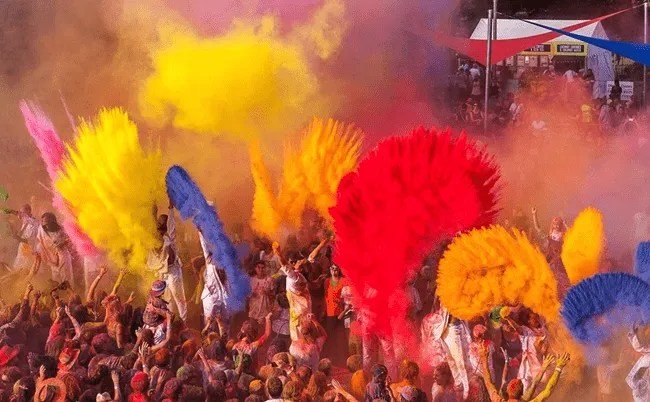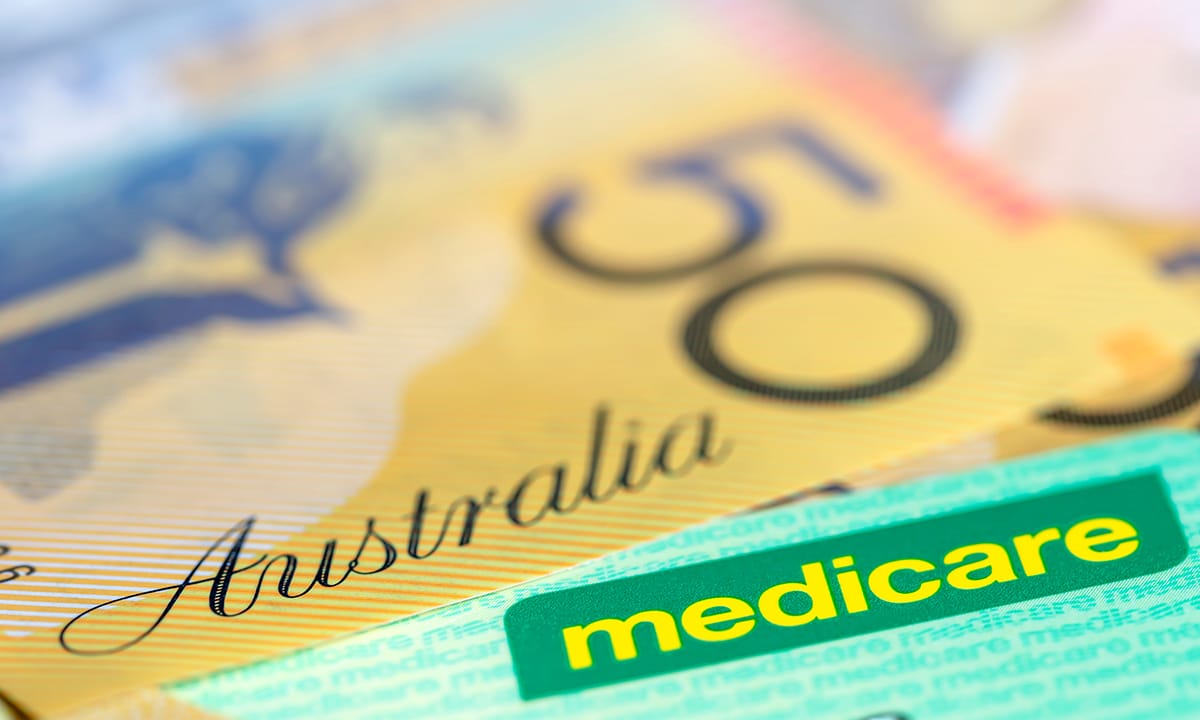Australia’s cultural festivals are vibrant reflections of a nation woven together by ancient traditions, immigrant stories, creative innovation, and local pride. From the sacred grounds of Arnhem Land to the bustling laneways of Melbourne and the red dirt plains of the Outback, these festivals showcase Australia’s deep cultural diversity. In a country where nearly 30% of the population is born overseas, and over 300 ancestries are represented, these celebrations serve not only as entertainment but as crucial touchpoints of identity, education, and economic vitality. As Multicultural NSW highlights, cultural events are central to social cohesion and understanding in Australia’s modern fabric.
Major cities like Sydney and Melbourne are cultural epicentres, hosting events such as Parramasala Festival, which celebrates South Asian culture with over 35,000 annual visitors, and Melbourne’s Cultural Diversity Week, which draws tens of thousands through parades, art, and food. These urban showcases are made possible through both public and community support, with platforms like the Australia Council for the Arts and Creative Victoria ensuring funding and visibility for emerging artists and cultural organisations.
Meanwhile, Australia’s cultural festivals wouldn’t be complete without honouring the traditions of its First Nations people. With over 65,000 years of continuous culture, Indigenous festivals such as the Garma Festival in Arnhem Land and Yabun Festival in Sydney provide a powerful reminder of ancient knowledge, resistance, and renewal. These events blend storytelling, dance, and political dialogue, attracting both Indigenous and non-Indigenous Australians in increasing numbers each year. NAIDOC Week celebrations, held nationwide, engage schools, businesses, and governments in acknowledging Aboriginal and Torres Strait Islander history and culture.
Outside the metropolitan buzz, regional Australia offers its own unique celebrations—from the quirky Parkes Elvis Festival in New South Wales to the food-forward Tasting Australia in South Australia. These festivals breathe life into small towns and generate critical tourism revenue. For instance, the Tamworth Country Music Festival brings in around 300,000 visitors annually, contributing over $50 million to the local economy. These events also foster a deeper appreciation for Australia’s agricultural, musical, and historical roots, often blending local stories with international flair.
Even as these festivals honour tradition, they also evolve. Urban celebrations like the Melbourne Fringe Festival and OzAsia Festival increasingly spotlight intersectional and contemporary voices, from LGBTQIA+ artists to hybrid digital-art performances. These platforms empower younger Australians—over 70% of whom attend cultural events regularly—to redefine and expand the meaning of identity, culture, and belonging.
In a world where cultural erosion is a real threat, Australia’s commitment to celebrating difference through inclusive and dynamic festivals is not just admirable—it’s essential. These festivals serve as public rituals of connection, where people dance, eat, listen, and remember together. As supported by initiatives like Festivals Australia, the country’s cultural calendar continues to thrive, with stories, rhythms, and flavours as diverse as the people themselves.
Celebrating Diversity: Multicultural Festivals Across Australia
Australia’s Melting Pot of Cultures
Australia is home to over 300 ancestries, and nearly 30% of its population is born overseas, according to the 2021 Census. This cultural richness is beautifully showcased in Australia’s cultural festivals, especially through large multicultural events held annually in major cities like Sydney, Melbourne, and Brisbane. These festivals celebrate the nation’s diverse ethnic groups, fostering unity and inclusion.
Popular Multicultural Events
Notable events include Melbourne’s Cultural Diversity Week, attended by over 80,000 people each year, and Sydney’s Parramasala Festival, which highlights South Asian heritage and draws around 35,000 visitors. These gatherings offer vibrant parades, live performances, and international cuisines from African, Asian, Middle Eastern, and European communities.
Economic and Social Impact
These multicultural festivals contribute significantly to local economies. For instance, Brisbane’s Paniyiri Greek Festival generates over $2.5 million in tourism revenue annually. Beyond economics, these events help bridge cultural gaps, promote mutual respect, and provide a platform for intercultural dialogue in Australia’s cultural festivals landscape.
Community Involvement and Volunteers
A key feature is the strong volunteer participation—more than 10,000 volunteers contribute their time each year to festivals nationwide. Their involvement ensures the authenticity of cultural representation and strengthens community ties.
Government and Council Support
Australian local councils and the federal government fund and endorse multicultural festivals through programs like the Multicultural Festivals and Events (MFE) grant, which allocated over $1.5 million in 2023. This ensures that diverse communities have the resources to celebrate and share their traditions publicly.
Aboriginal and Torres Strait Islander Festivals: Honouring Ancient Traditions
A Connection to Country and Storytelling
Australia’s First Nations peoples have lived on the continent for over 65,000 years. Their connection to land, story, and songlines is central to Australia’s cultural festivals, particularly those dedicated to Indigenous heritage. These festivals offer a powerful platform for cultural preservation, revival, and education.
Prominent Indigenous Cultural Celebrations
Events such as the Garma Festival in Arnhem Land, which attracts over 2,500 attendees annually, and NAIDOC Week, celebrated nationwide in July, play vital roles in raising awareness of Indigenous rights and achievements. Garma alone contributes over $6 million to the Northern Territory’s economy while showcasing Yolngu dance, art, and philosophy.
Language, Dance, and Dreaming Stories
Indigenous festivals highlight traditional dances like the corroboree, ancient Dreaming stories, and language workshops. More than 250 Indigenous languages were once spoken in Australia, and today, events such as Warrang-Bridging Songlines aim to preserve and revive them through community-led performances.
Healing Through Culture
For many Indigenous communities, festivals serve as healing spaces—places where generations come together to share trauma, resilience, and pride. Yabun Festival in Sydney, which sees around 30,000 visitors annually, is one such example, featuring music, panel discussions, and traditional food.
Cultural Education and Youth Engagement
Over 60% of attendees at Indigenous festivals are under the age of 30, showing a strong focus on engaging youth in cultural continuity. Educational programs during these festivals align with school curricula and support reconciliation initiatives throughout Australia.
Food, Art, and Identity: Urban Cultural Showcases
A Taste of the World in Every City
Urban centres like Melbourne, Sydney, and Adelaide are hotspots for multicultural expression, particularly through gastronomy and visual arts. Australia’s cultural festivals in cities often blend food, music, and performance art to celebrate identity in modern ways. Night Noodle Markets and Taste of the World events attract over 150,000 visitors annually.
Festival of the Arts and Visual Expression
Events such as the Melbourne Fringe Festival and Sydney Festival offer platforms for minority artists and performers. In 2024, Melbourne Fringe featured over 3,000 independent artists and generated more than $6 million in economic activity. These festivals embrace experimentation and intersectionality in cultural storytelling.
Fusion of Heritage and Modern Trends
Urban festivals often fuse traditional elements with contemporary culture. At Adelaide’s OzAsia Festival, you’ll find performances that blend classical Chinese opera with hip-hop, or Filipino street food alongside tech art installations. This fusion embodies Australia’s evolving cultural landscape.
Creative Industries and Cultural Economy
According to Australia Council for the Arts, the creative industries employ over 600,000 people nationwide. Urban festivals significantly boost this sector. For example, the Sydney Lunar Festival alone supports hundreds of small businesses and performers each year while celebrating East Asian cultures.
Youth, Innovation, and Diversity in the Arts
Over 70% of urban festival attendees are between 18 and 35 years old, highlighting the role of younger generations in driving cultural innovation. These events provide inclusive spaces for LGBTQIA+ communities, artists of colour, and first-generation Australians to express multifaceted identities.
From Coast to Outback: Regional Festivals and Local Heritage
Festivals in the Heartland of Australia
While major cities dominate the cultural map, regional and rural Australia hosts some of the most heartfelt and grassroots expressions of identity. From the Outback Festival in Winton to Tasting Australia in Barossa Valley, these events represent the local soul of Australia’s cultural festivals.
Heritage and Agricultural Roots
Events like the Parkes Elvis Festival, drawing over 25,000 visitors to a town of just 11,000, reflect the blend of heritage pride and global pop culture. Similarly, the Orange FOOD Week celebrates regional farming traditions and sustainable gastronomy with over 100 events across 10 days.
Tourism Boost and Economic Revitalisation
In regional areas, cultural festivals often form the backbone of local tourism strategies. For example, Tamworth Country Music Festival generates over $50 million annually for New South Wales, attracting 300,000 visitors. These festivals keep small towns economically and culturally vibrant.
Preserving Local Histories and Traditions
Many festivals serve as historical storytelling venues—such as The National Celtic Festival in Portarlington, celebrating Irish, Scottish, and Welsh roots in Australia with music, dance, and storytelling. These events pass down traditions and connect descendants to their heritage.
Inclusivity in Rural Communities
While once seen as homogenous, regional communities now embrace multiculturalism too. Festivals like Multicultural Eid Festival and Fair in Penrith prove that Australia’s cultural festivals are no longer limited to urban areas—they are becoming truly national expressions of belonging and celebration.




